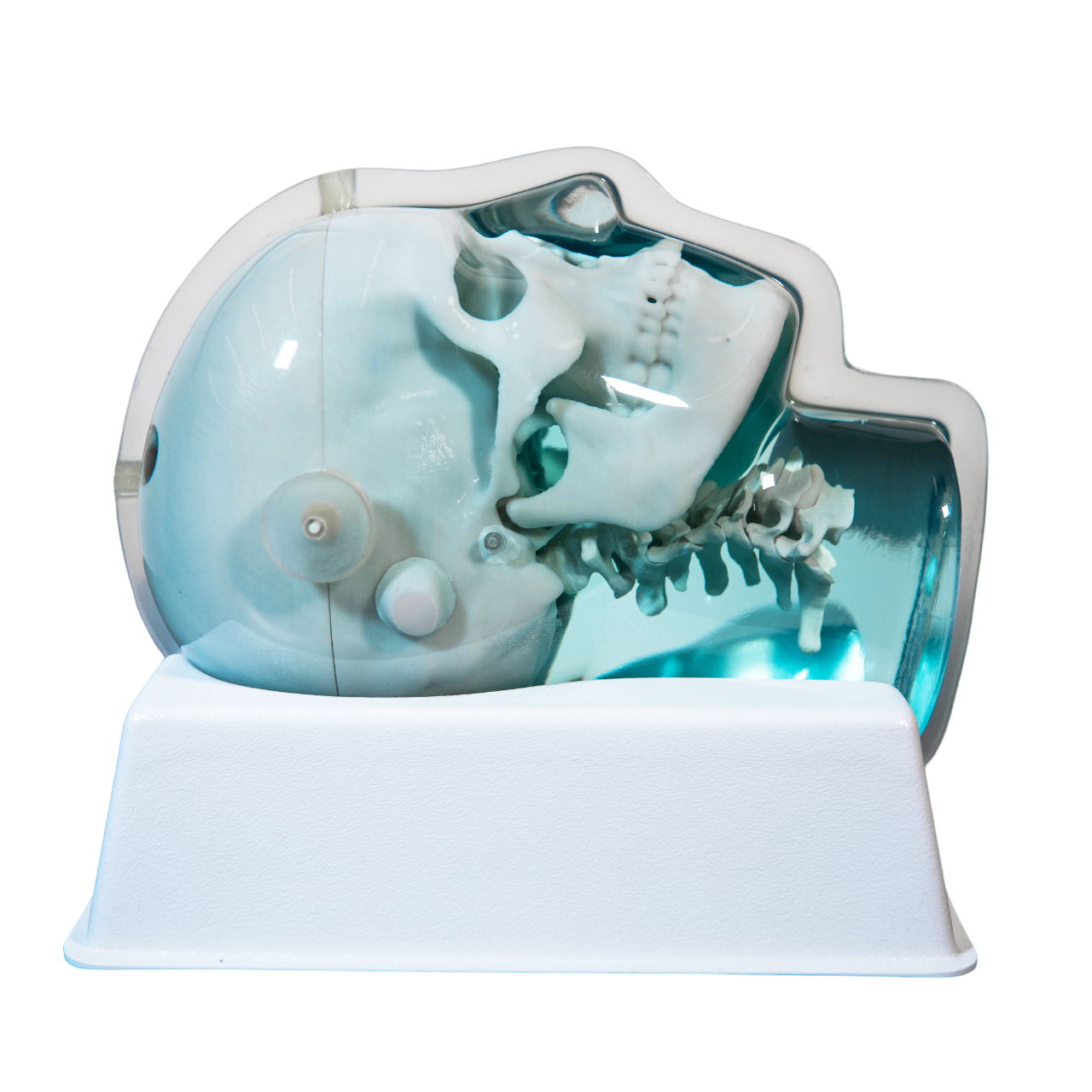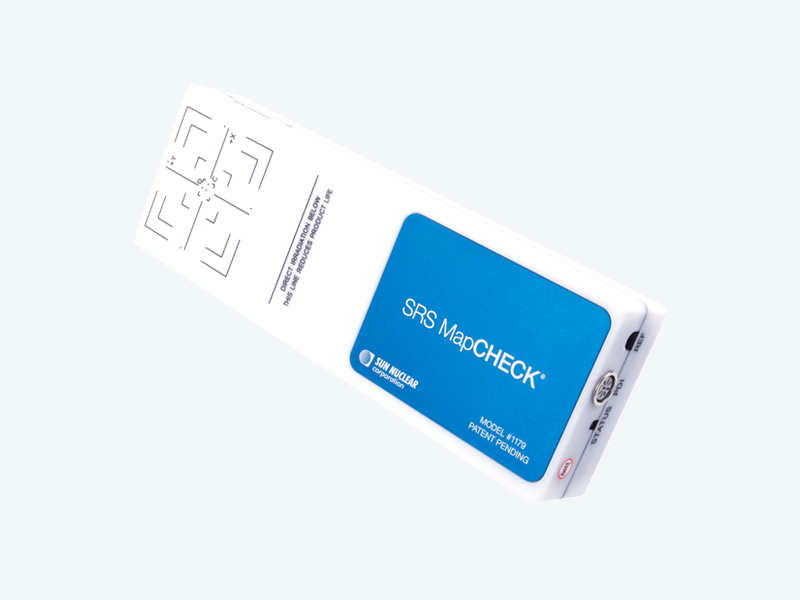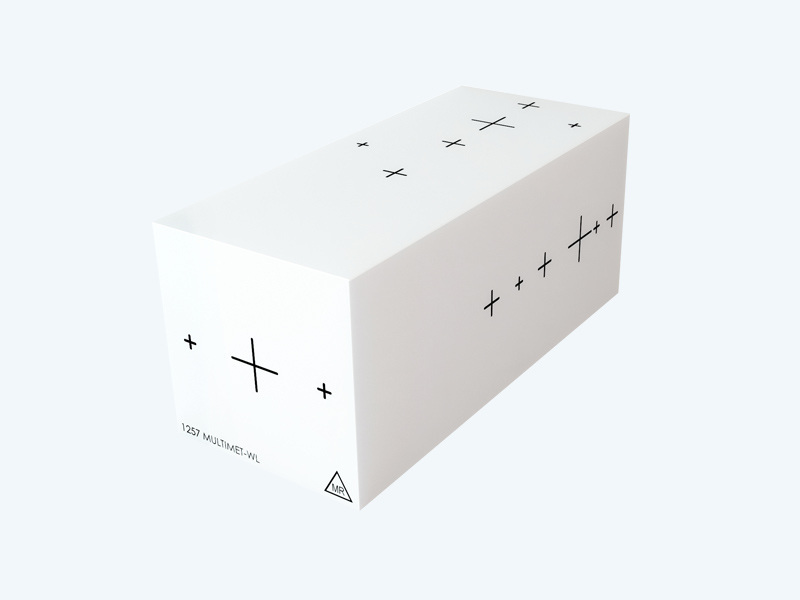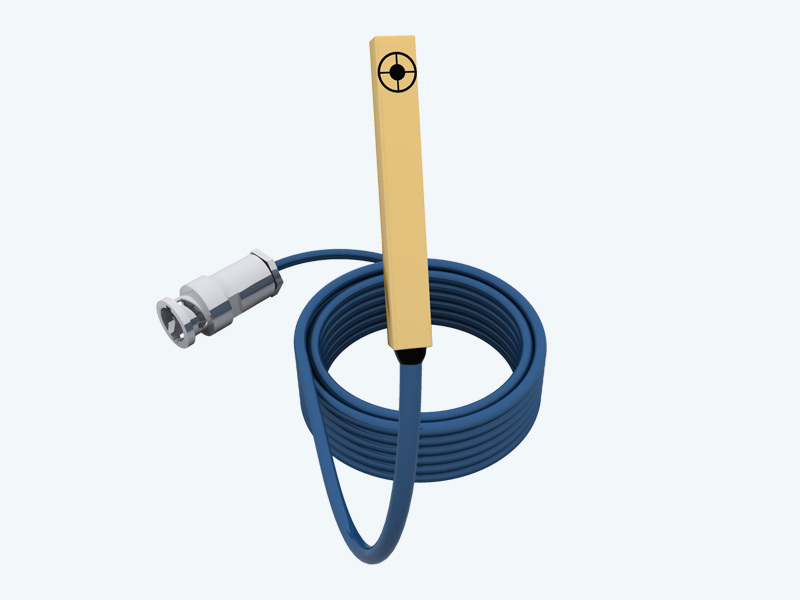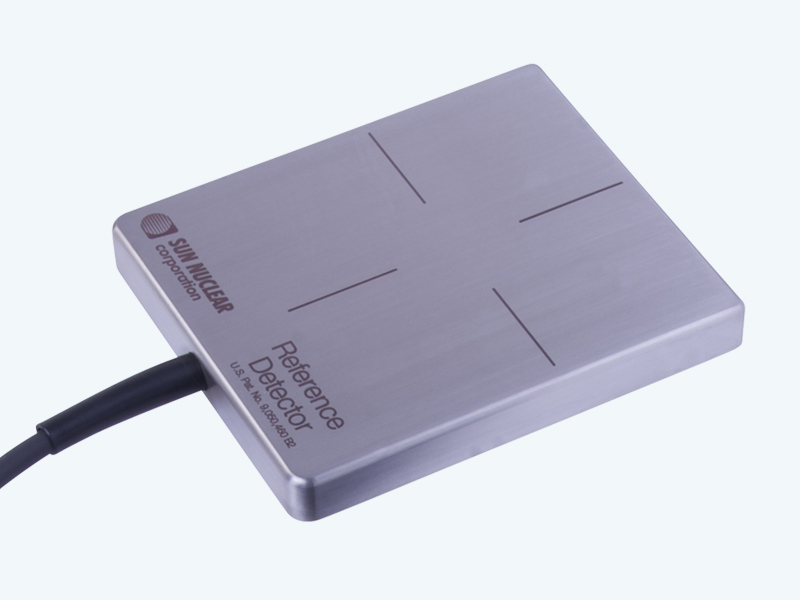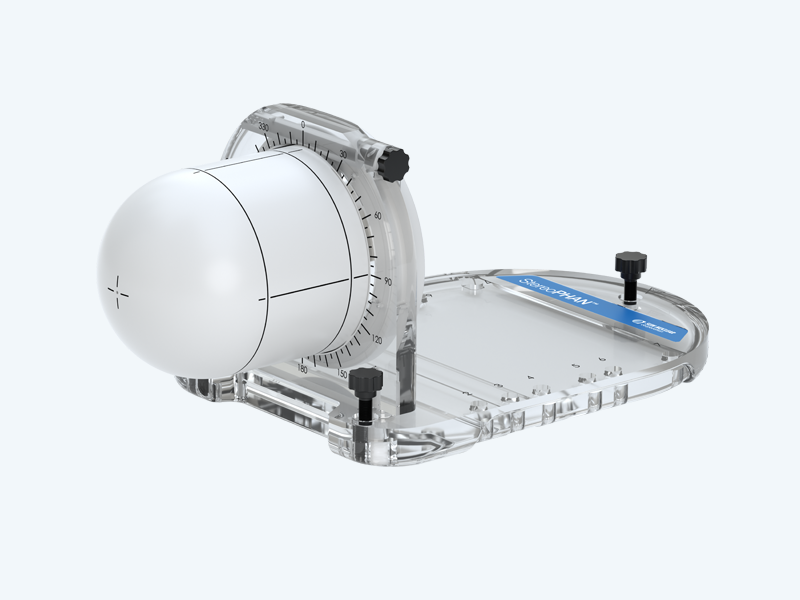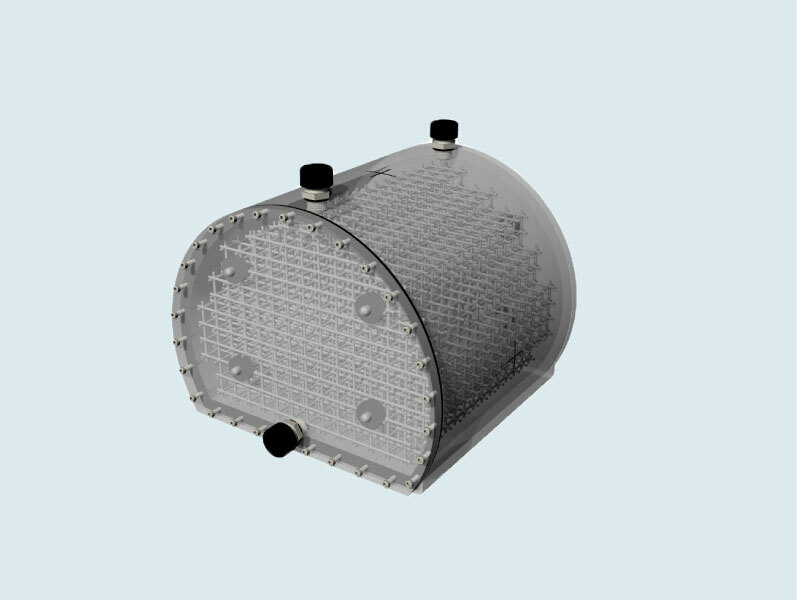The SRS MR Distortion Phantom is an anthropomorphic SRS QA phantom designed to assess MR image distortion in stereotactic radiosurgery planning.
Characterize Geometric Accuracy for MR Use in Treatment Planning
The SRS MR Distortion Phantom is useful for verifying image fusion and deformable image registration algorithms used in various treatment planning systems. The tissue equivalent, anthropomorphic design closely matches clinical imaging scenarios.
Tissue Equivalent, Anthropomorphic Head
The skull is made from a plastic-based trabecular bone substitute, and the interstitial and surrounding soft tissues are made from a proprietary signal-generating water-based polymer. The entire phantom is encased in a clear plastic shell to protect gel from desiccation. Specially designed pads allow fixation with any stereotactic frame or mounting devices for end-to-end
testing. The phantom is also suitable for frameless SRS QA.
Finely Detailed Inter-Cranial 3D Design
The entire inter-cranial portion of the skull volume is filled with an orthogonal 3D grid of 2.5 mm diameter cross-like shaped rods spaced 10 mm (I-S), 10.5 mm (AP), and 11 mm (L-R). Extra material added in the grid intersections increases grid signal. Five extended axis-rods intersect at the reference origin of the grid. The end of each extended axis is fitted with CT/MR markers allowing for accurate positioning with lasers and co-registration of CT and MR image sets.
The phantom contains air voids on both sides that replicate ear canals. These voids are utilized to assess common distortions encountered in clinical settings.
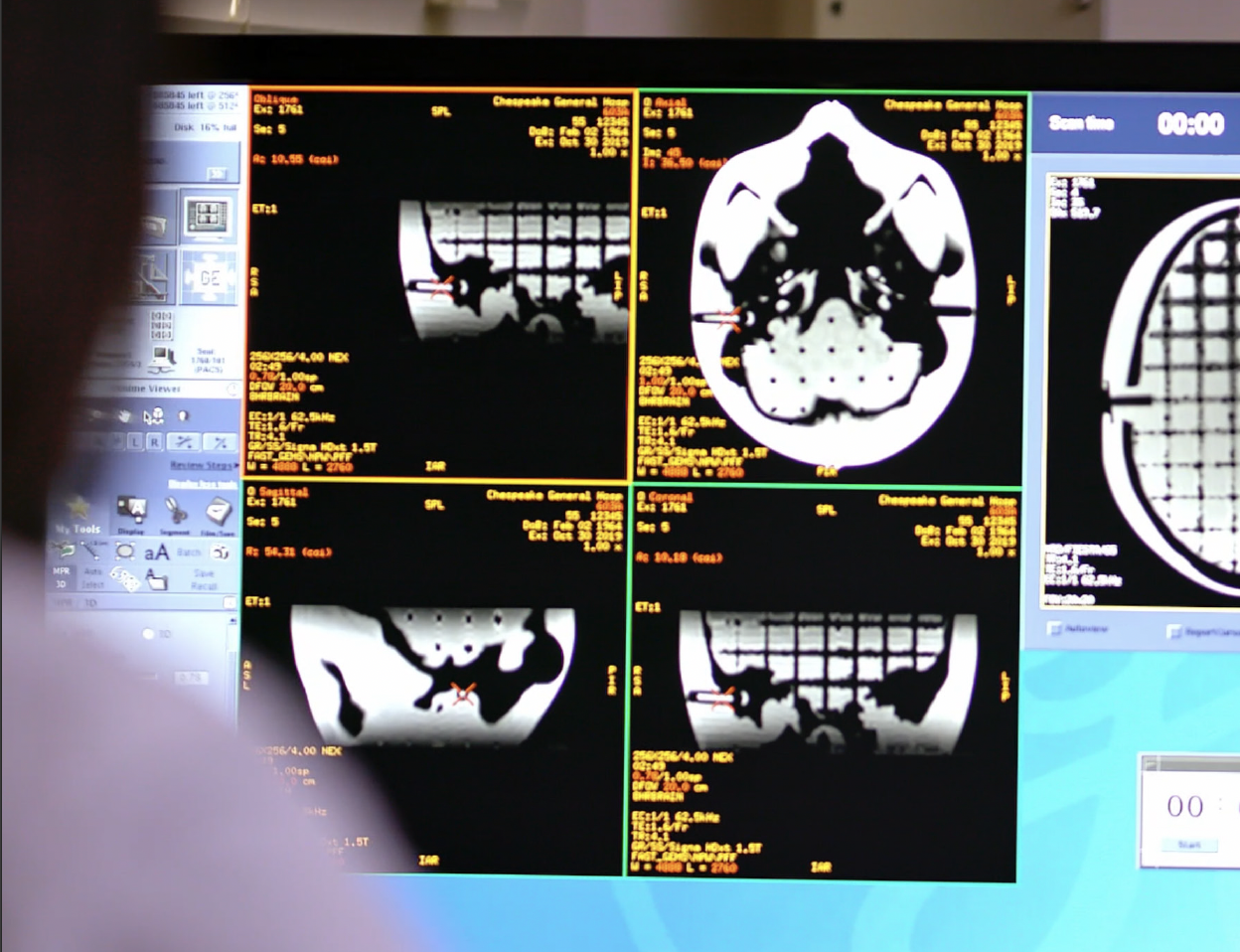
Automated Analysis of Distortion in MRgRT
Used with MRI Grid phantoms, Distortion Check software quickly and automatically quantifies distortion in MRI images. Simply scan the phantom, upload images, review reports and trend analysis, and export DICOM overlays.
The software registers either a ground truth CAD or CT scan to the detected control points. An interpolation is then performed to generate the 3D distortion vector fields.
Results can be reported in a variety of output formats including scatter plots, contour plots, box and whisker plots for trending, and DICOM overlays that can be exported to third-party software
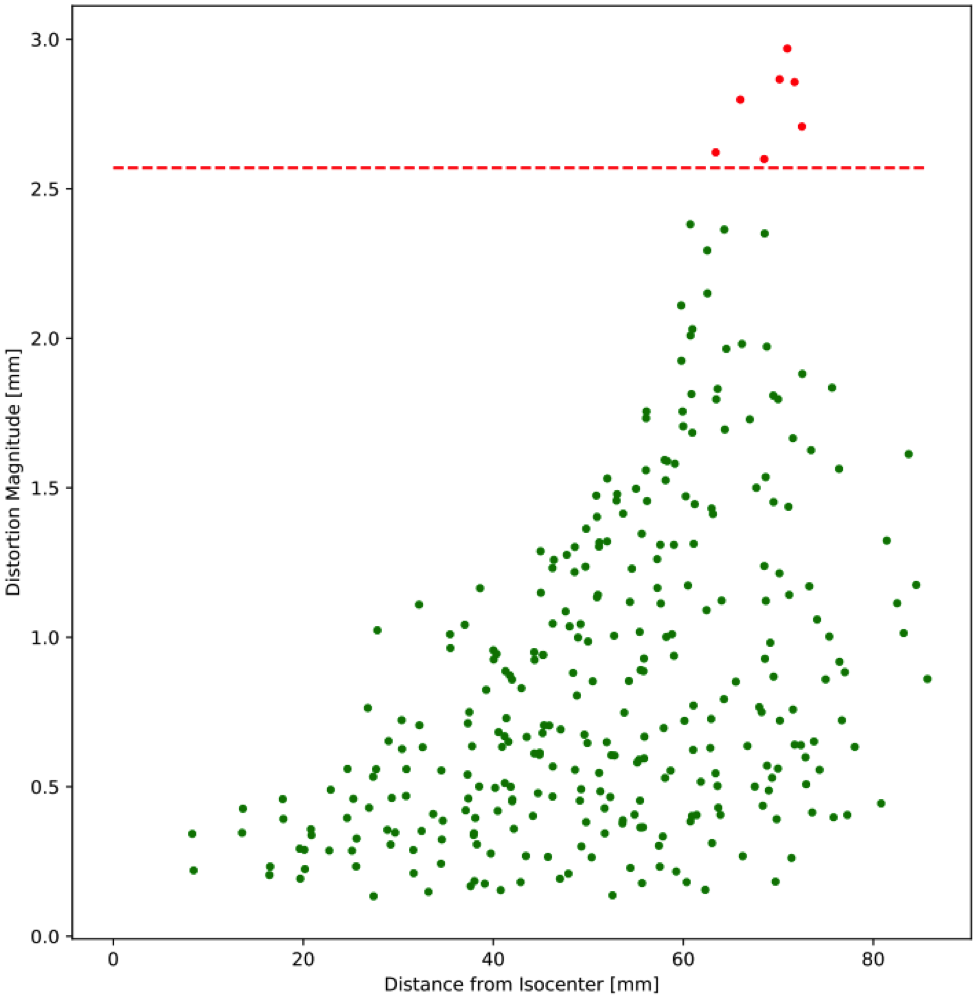
Software Features
- Quickly and automatically analyze complete MR data sets
- Density of control points optimized to bring interpolation close to linearity
- User-friendly cloud-based solution
- Detailed format in NEMA MS 12 standard recommendations
- Easily analyze and track multiple machines, imaging sequences and phantoms
- Establish distortion tolerance thresholds specific to different imaging sequences
Take your SRS QA program to the next level.
The SRS MR Distortion Phantom can be imaged using X-ray, CT and MR. It images well with all MRI sequences tested to date, including T1 weighted, T2 weighted, 3D Time of Flight, MPRAGE and CISS.
Resources
Publications
- Impact of 3-Dimensional Versus 2-Dimensional Image Distortion Correction on Stereotactic Neurosurgical Navigation Image Fusion Reliability for Images Acquired With Intraoperative Magnetic Resonance Imaging
- Pre-clinical Validation of Open Source Tools to Calculate and Track MR Distortion Using Both Small And Large Field of View Phantoms.
- Getting to grips with MR image distortion
- Characterizing Geometrical Accuracy in Clinically Optimised 7T and 3T Magnetic Resonance Images for High-Precision Radiation Treatment of Brain Tumours.
- MoreLess
Webinars & Videos
- Assessing Motion Management and Image Distortion in MR-Linacs
- Optimizing SRS QA & Characterizing Geometric Accuracy for Use of MR in Treatment Planning
- An Expanded Toolset for Stereotactic Treatment QA
- SRS Commissioning and QA Test Cases: A TG-119 Equivalent for SRS
- Simplifying Stereotactic Treatment QA
- Distortion Check Overview
- MoreLess
Specifications
Material |
Skull: Plastic-based bone substitute |
Weight |
12 lbs (5.5 kg) |
Dimensions - L/W/H (cm) |
32 x 24 x 18 |
Image Format |
DICOM |
Slices |
Axial |
Slice Thickness |
0.625 mm with 0.625 slice spacing |
Field of View |
250 mm |
Image Matrix |
512 x 512 |
Number of Slices |
190-225. Includes entire grid-cervical spine |
Energy |
120 kVp at 150 mA minimum |
| MoreLess | |
